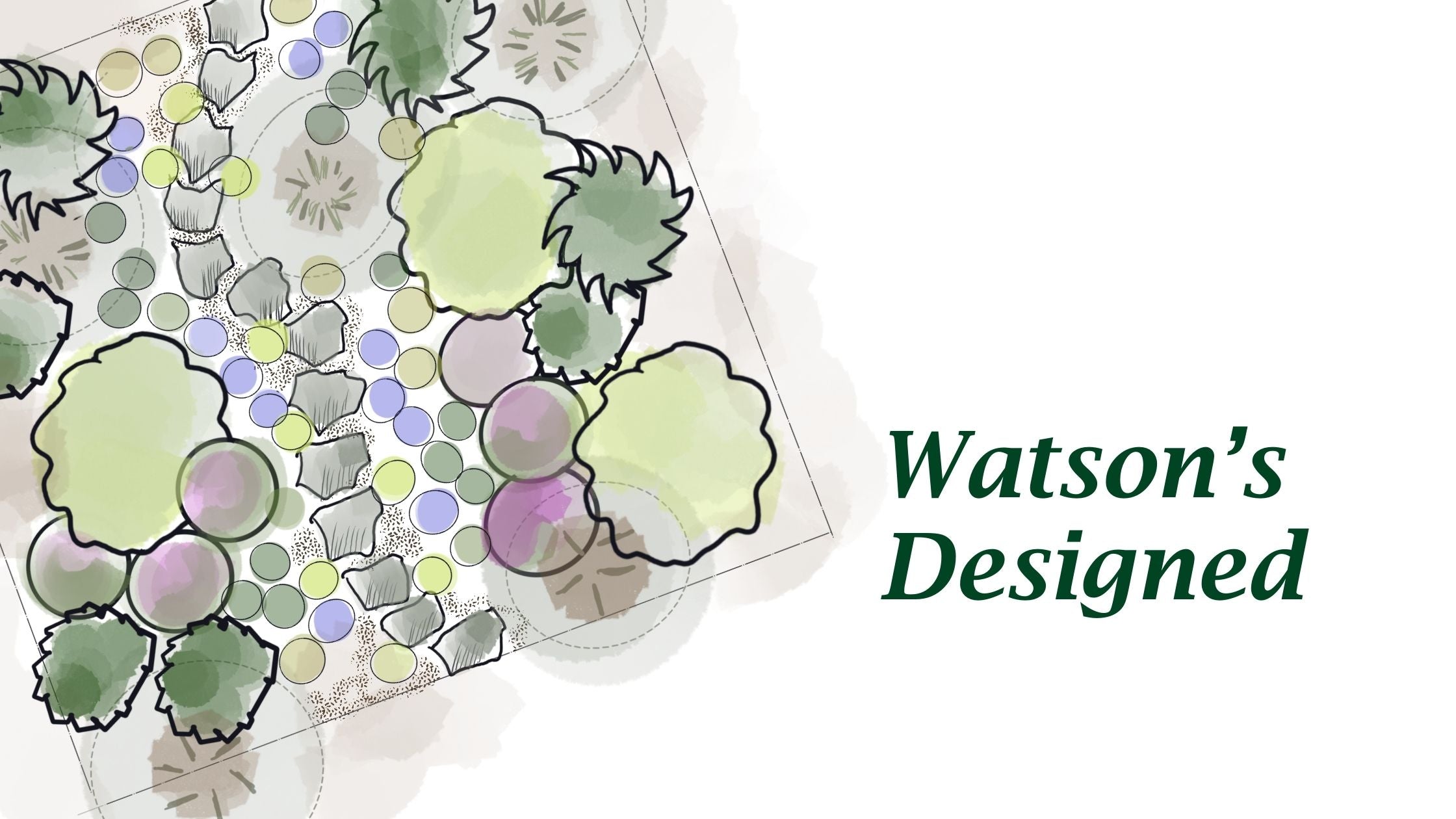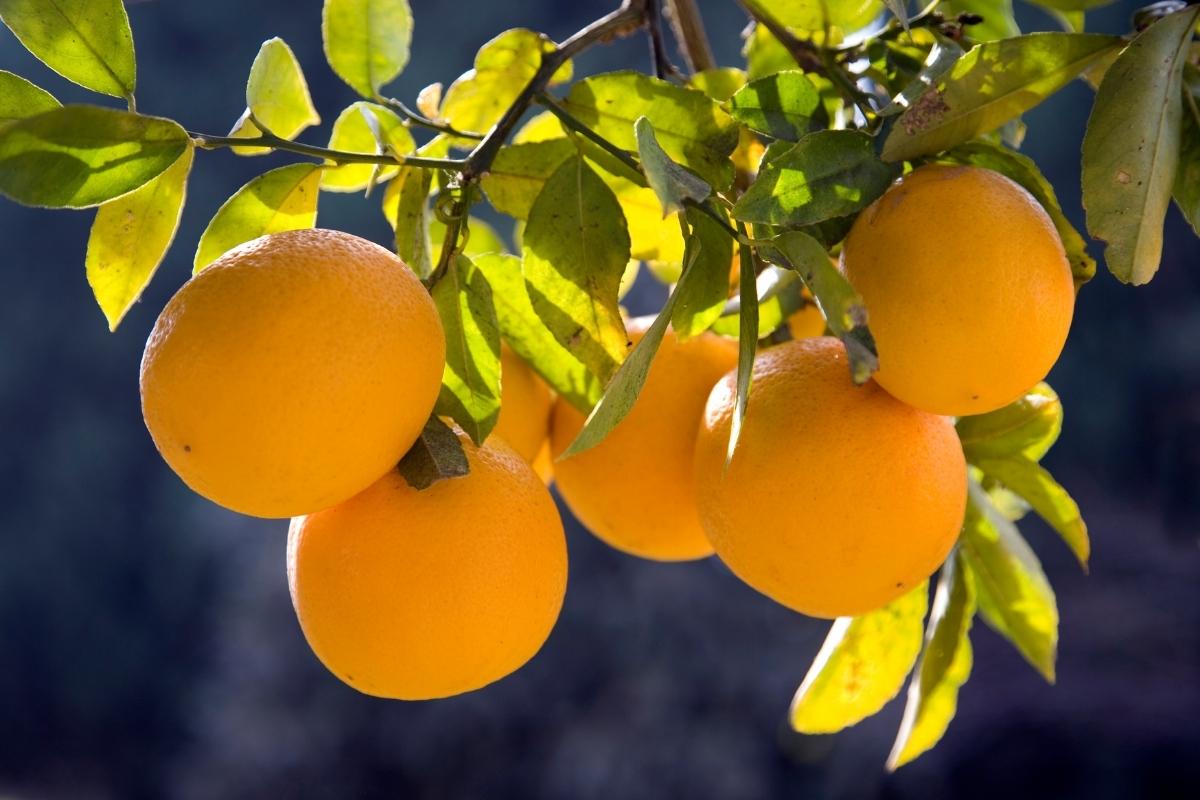How to Grow Potatoes in the PNW
Learn About Growing & Harvesting Potatoes in the Pacific Northwest
Growing potatoes in the Pacific Northwest is easy and rewarding. Potatoes are not only versatile in the kitchen, but are a ton of fun to grow in your own garden. There are many types of potatoes to try, if you only have a small space to dedicate to them, try the fingerling types as they are extra productive, come in unique shapes and sizes and have distinct flavor profiles.
If you have more space, I’d encourage you to try some of the uniquely colored types such as “Huckleberry Gold” or “Red Pontiac” or “All Blue”. It adds an extra layer of fun to the treasure hunt when you harvest.
Potatoes are a member of the Solanaceae (nightshade) family, which includes tomato, pepper, eggplant, petunia and tobacco. Avoid planting potatoes, tomatoes, peppers, or eggplant in the same place they were planted last year. These plants are in the same botanical family and deplete the same nutrients from the soil and are susceptible to the same pests and diseases. This is called crop rotation and is a simple and organic way to increase the overall health of your soil.
You can plant potatoes anytime during spring and early summer for varieties that mature in 70 days. Potatoes are another crop that can be planted in the fall and overwintered for the earliest crop of new potatoes the next spring provided you have excellent drainage or are growing them in raised beds or boxes. To get staggered crops of potatoes either plant several kinds all at once that mature at different times or plant your seed potatoes at 2-4 week intervals to spread out your harvest and enjoy fresh, delicious potatoes throughout the season.
So, let's get down to the deets on growing potatoes in the PNW!
🌦️ Growing season: Spring, summer, and early fall
📅 Planting time: Early spring through early summer, depending on the cultivar
📏 Spacing: 10–12 inches apart (rows spaced 2-3 ft apart), 6–8 inches for smaller vines
⏱️ Days to harvest: 70–120 days, depending on the cultivar
🥔 Yield: 20 lb per 10-foot row
🌱 Starting method: Seed potatoes (cut pieces or small whole potatoes)
Alright, now that we've got the basics covered, let's dive into some top-notch growing tips!
Preparing Soil:
Before planting, till to a depth of 6-8”. Avoid excessive tilling, which destroys soil structure. Work compost or manure into the soil but avoid fresh manure as it may contain pathogens. Fresh manure can also introduce scab disease to the soil, which smooth skinned potatoes are especially susceptible to. Apply an even ratio fertilizer to the soil if needed. Potatoes are vigorous growers and can make the best of less-than-ideal soil conditions and are frequently grown in alternative situations like fabric grow bags or straw bale gardens.
Because tubers develop in the soil, potatoes grow best in loamy or sandy soils that are well-drained and free of rocks, but they can be grown in almost any type of soil. Potatoes prefer slightly acidic soil with a pH of 6 but will tolerate slightly alkaline soils with a pH of 8.
Seed potatoes are tubers - small tubers that are 1-4” in diameter can be planted whole, for large tubers (4”+ in diameter) you will want to cut them into block shaped seed pieces about the size of an egg. Your seed pieces should be firm and contain at least one “eye”. Seed tubers can be cut and planted on the same day, however allowing the cut surface to heal over for 4‐7 days reduces the risk of seed pieces rotting in the soil.
Planting seed potatoes:
To plant, use a hoe to create furrows (shallow trenches) about 4 inches deep. Place the seed potatoes in the bottom of the furrow approximately 10 to 12 inches apart and then cover with 4 inches of soil. If your seed potatoes are cut, plant with the cut side face down. Furrows should be spaced 2 to 3 feet apart. Depending on the weather and the soil temperature, sprouts will start to emerge from the soil in about 3 to 4 weeks. Unless your soil is very very dry, don’t water until you see the plants starting to emerge, particularly if you are planting in March or April.
Hilling:
Hilling just means covering the vines with more soil as they grow. You can use soil, compost, mulch or straw to do this, the idea being that covering more of the vines creates more space for tuber to grow along the stem under the material.
When hilling, wait for potato plants to reach a height of 6 inches or more, then use a hoe to gently pull soil from between the rows and gently mound it around the base of the plant, creating a new 2-inch layer of soil. Repeat this process every couple of weeks until the “hill” is 6–8 inches high. If preferred, a low 2-inch hill can be created at the time of planting and then increased periodically after plant emergence.
Watering:
Unless the soil is very dry, do not water your potato planting before plants emerge because it can lead to seed rot and crop failure. When irrigating, moisten the top 18 inches of soil. Additional water is not needed because potato roots only grow to a depth of 18 inches in good soil. To avoid leaf diseases, it is advisable to irrigate in late afternoon or early evening, so the leaves do not stay wet for long periods of time. While growing potatoes is relatively easy, maintaining an even soil moisture is crucial to producing a good crop of well-shaped potatoes.
Harvesting and Storage:
New potatoes: Early maturing cultivars can be harvested as “new” or baby potatoes in mid-summer, whenever they reach a desirable size. “New” potatoes are immature and do not store well. They can be stored in the refrigerator for about a week.
Mature potatoes: Potatoes that will be stored through the fall and winter should be harvested when mature. Depending on the cultivar, this will be approximately 70 to 120 days after planting. The vines will start to die back in late summer or early fall, when the tubers are mature. Stop irrigating after the tops die back naturally or you cut them off. This promotes wound healing and tuber maturation.
Dig your potatoes approximately 2 weeks after the vines have died back or been cut back. Waiting allows the skin to thicken, so they will not injure as easily when dug. Use a lifting fork to “dig” the potatoes; push the fork into soil just outside the row and then “lift” up under the potato plant.
It helps set the skins if you let them dry on the surface for a few days before brushing them off and packing them into crates, baskets or boxes for storage.
If you plan to store your potatoes for a month or more, you will need a cold (40–50°F), dark location with good ventilation and high humidity. When stored under lower temperatures, the starches will turn to sugars, which produce sweet-tasting potatoes. Do not store tubers in plastic or with ethylene producing fruit like apples that cause sprouting. Periodically inspect stored potatoes and discard any that show signs of rot or shriveling.
No Garden? No Problem!
No garden? No problem! You can still enjoy home-grown potatoes by using Potato Patio Planters, which are perfect for small space gardeners or those without a garden at all. Designed specifically for patios, balconies, and small gardens, these easy-to-use, reusable planters hold about 40 liters of compost and can accommodate 3 to 5 seed potatoes each. Made of tough, colored polyethylene with reinforced drainage holes and handles, they even come with a handy growing guide to help you along the way.
And there you have it, folks! With these tips in your gardening arsenal, you'll be well on your way to growing some amazing potatoes in the PNW. Don't forget to share your potato-growing adventures with us, and if you have any questions or need more advice, we’re always here to help. Happy gardening!



